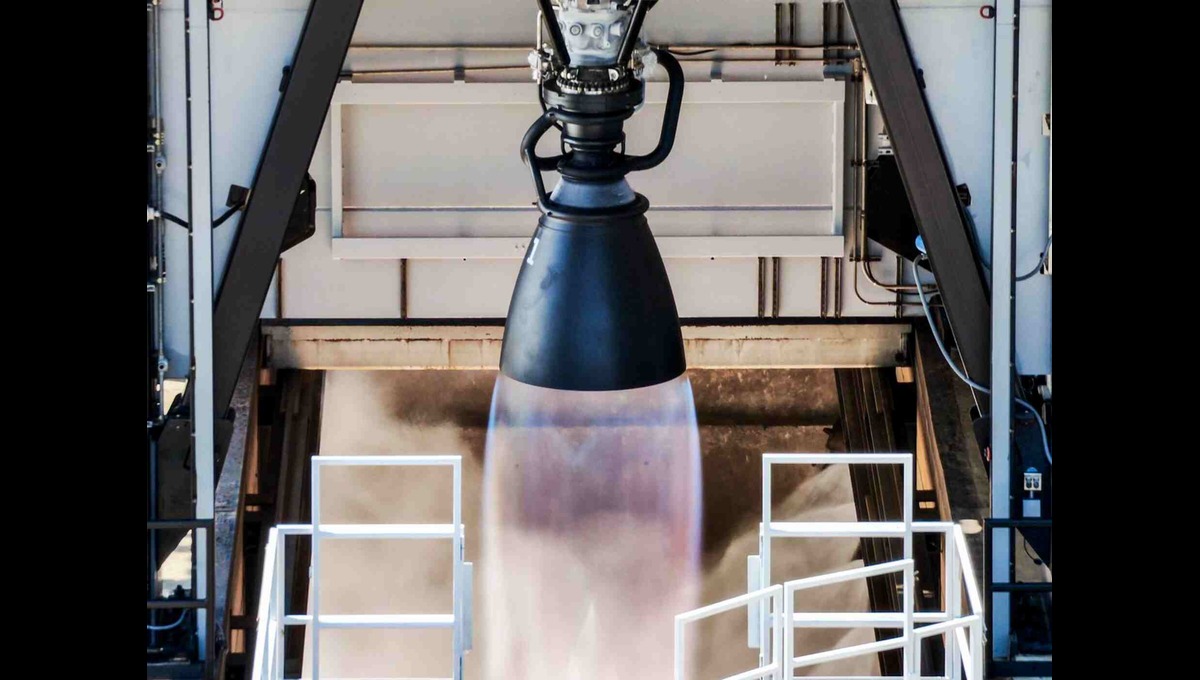| Summary |
|
SpaceX has successfully fired its new Raptor 3 engine, a critical step for its Starship/Super Heavy rocket program. The static fire test, conducted on August 9 at the company’s McGregor, Texas facility, not only showcased the engine’s raw power but also ignited a heated debate online over its minimalist design and performance improvements.
The new engine’s sleek, almost bare-bones appearance quickly drew praise from some on social media. An X user named Luke Leisher shared a picture, nominating the Raptor 3 for the “best looking engine ever.”
I nominate raptor 3 for the “best looking engine ever” award. pic.twitter.com/fAZSiGNOxs
— Luke Leisher (@Lukeleisher) August 9, 2024
However, the design also attracted criticism from within the space industry. The CEO of United Launch Alliance (ULA) reportedly questioned the engine’s appearance, calling it “partially assembled” in response to an image shared by Elon Musk.
SpaceX President and COO Gwynne Shotwell later posted a photo of the engine firing, saying, “It works pretty well for a partially assembled engine,” effectively ending the online dispute and confirming its performance.
The Raptor 3 is a major leap forward from its predecessors. SpaceX has dramatically increased the engine’s thrust while also reducing its weight. This reduction in “induced mass” is a key achievement.
The Raptor 3 now generates 280 tons of force, a significant increase from the Raptor 2’s 230 tons and the Raptor 1’s 190 tons. The weight has been cut down to just 195 kg, a massive reduction from the Raptor 1’s 1,548 kg and the Raptor 2’s 1,245 kg. This makes the new engine lighter and far more powerful, a crucial combination for the Starship, which aims to carry humans to Mars.
An X user highlighted this breakthrough in a reply to Elon Musk:
Most amazing part of Raptor 3?
“Induced Mass” reduced by 87%.Raptor 1: 1548Kg
Raptor 2: 1245Kg
Raptor 3: 195Kg pic.twitter.com/HDwaMvAb17
— AmericanTyranny (@NONbiasedly) August 9, 2024
The success of the Raptor 3 test shows how SpaceX continues to refine its technology, simplifying complex engineering to improve efficiency and power. This ongoing development is essential as the company works to make its ambitious Starship missions a reality.

